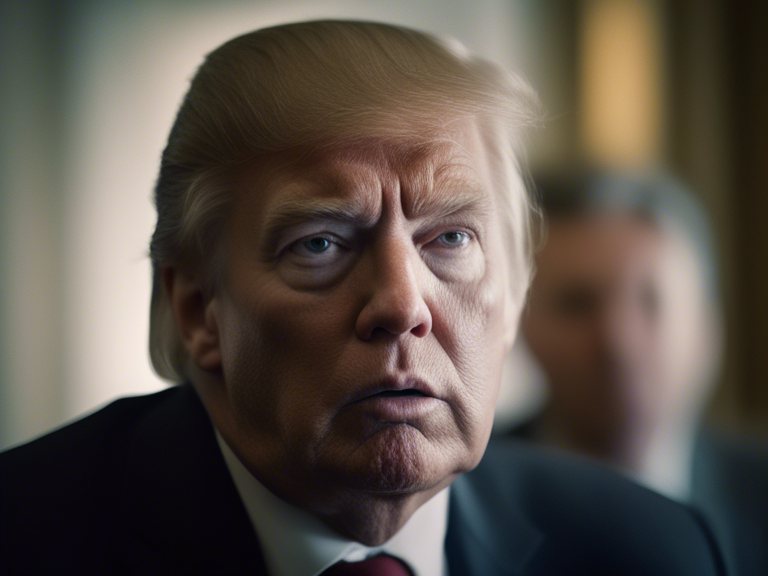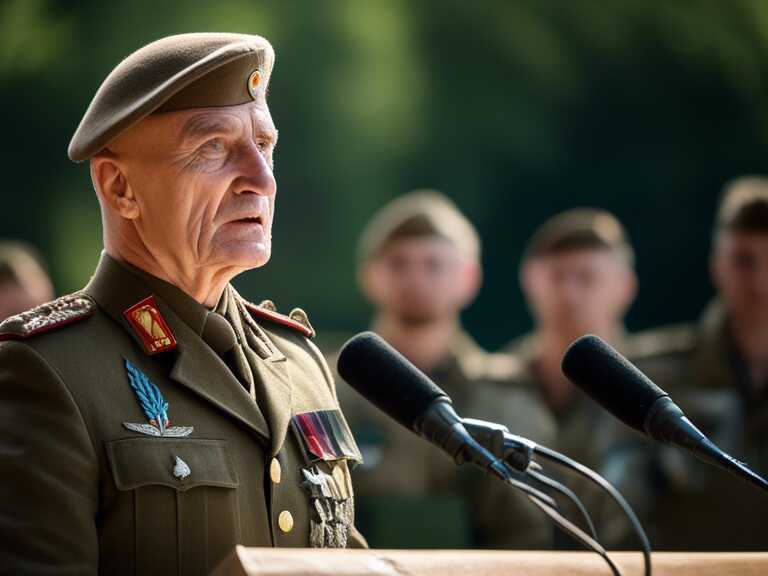
King Charles III and Queen Camilla Make Historic First Visit to Australia as Reigning Monarchs
King Charles III and Queen Camilla visited Sydney, marking the first royal visit in over a decade, sparking debate on Australia's constitutional ties to Britain.

King Charles III and Queen Camilla made their first official visit to Australia from October 18 to 24, 2024, marking a significant moment as it was the first visit by a reigning monarch in over a decade. The visit, however, sparked a renewed debate about the constitutional ties between Australia and Britain.
Welcoming Ceremony
The royal couple was welcomed in Sydney with a warm reception in light rain. Prime Minister Anthony Albanese, New South Wales state Premier Chris Minns, and the Governor-General of Australia, Sam Mostyn, greeted King Charles III and Queen Camilla at Sydney Airport.
Historical Significance
This visit by King Charles III made him only the second reigning British monarch to visit Australia, following in the footsteps of his mother, Queen Elizabeth II, who first visited 70 years ago. While the royal couple's presence was celebrated, it also reignited discussions about the future of the monarchy in Australia.
Debate on Constitutional Links
National and state leaders in Australia expressed their desire to remove the royals from the constitution, emphasizing the importance of having an Australian as head of state. Monarchists, on the other hand, anticipated that the visit would strengthen the connection between Australians and the monarchy. The Australian Republic Movement (ARM) compared the royal visit to a touring act, questioning the relevance of having a foreign monarch as Australia's head of state.
Mixed Reactions to the Visit
While some welcomed the royal couple with open arms, others viewed the visit as a reminder of Australia's colonial ties. The ARM launched a campaign titled "Wave Goodbye to Royal Reign with Monarchy: The Farewell Oz Tour!" urging Australians to consider the implications of having a British monarch as their head of state. ARM co-chair Esther Anatolitis emphasized the need to move away from a part-time head of state based overseas.
Broader Implications
Discussions surrounding the monarchy are not new in Australia. A referendum in 1999 saw Australians opting to retain Queen Elizabeth II as head of state. However, it is widely believed that this decision stemmed from disagreements on the selection of a president rather than unwavering support for the monarchy.
Charles's visit coincided with significant health revelations about him and other members of the royal family. In February 2024, Buckingham Palace disclosed that King Charles III was undergoing treatment for an unspecified form of cancer, initially discovered while addressing an enlarged prostate. Following a three-month hiatus from public engagements, he returned to royal duties in April. Additionally, concerns arose regarding his daughter-in-law, Catherine, Princess of Wales, who was diagnosed with cancer during abdominal surgery but later announced her completion of chemotherapy treatments.
That the Royal Family is Not Just a Symbol of Tradition
In contemporary Australia, the landscape has evolved considerably, reflecting a more multicultural society where a significant portion of the population is either born overseas or has an overseas-born parent. Esther Anatolitis noted the drastic transformation in Australia's demographic makeup compared to the past, particularly highlighting the absence of the global interconnectedness that characterizes the nation today.
The royal visit transcends mere ceremonial significance, encapsulating the broader discourse on national identity and governance. As Australia continues to grapple with its historical ties to Britain, the presence of King Charles III and Queen Camilla serves as a poignant reminder of the intricate relationship between tradition and the aspiration for an independent and self-determined future.
A Shifting Narrative
In the wake of the royal visit, a palpable undercurrent of dialogue has emerged, questioning the enduring relevance of a monarchy rooted in a foreign land. The juxtaposition of ceremonial grandeur with evolving societal dynamics underscores the tension between historical allegiances and the pursuit of a distinctly Australian identity.
Rethinking the Role of Monarchy
The dialogue surrounding the visit has ignited conversations about reimagining the role of the monarchy in the context of modern Australia. Advocates for a republican model emphasize the need for a head of state that is not just a figurehead but a reflection of the diverse and multicultural fabric of the nation. The challenge lies in navigating this discourse while acknowledging the historical significance and emotional connection that many Australians still harbor towards the British monarchy.
A Catalyst for Reflection
Ultimately, the visit of King Charles III and Queen Camilla serves as a catalyst for reflection on the foundations of Australia’s governance and identity. It prompts a reevaluation of the existing constitutional framework and encourages Australians to engage in a meaningful dialogue about their aspirations for the future. As the nation grapples with its past, it also stands at a crossroads, poised to shape its destiny in a manner that resonates with the values and aspirations of its people.
The Future of the Monarchy
The royal couple's visit, while steeped in tradition, underscores the imperative for Australia to chart its course with a clear understanding of its identity and aspirations. As discussions surrounding the monarchy continue to unfold, it is imperative for Australians to actively engage in deliberations that will ultimately determine the nature of their governance and representation.
In conclusion, the visit of King Charles III and Queen Camilla symbolizes more than a ceremonial occasion; it encapsulates the ongoing dialogue about Australia's place in the world and its relationship with its historical ties. As the nation stands at a pivotal juncture, the legacy of the royal visit will extend beyond the pages of history, shaping the trajectory of Australia for generations to come.
Share news















